Italy
Italy is the country with the highest number of UNESCO World Heritage sites with 58 recognized locations. Among them, we can mention Piazza del Duomo, the historical center of Rome and Venice, and the majestic Dolomites. The ancient city of Verona, where the legendary love story of Romeo and Juliet took place, along with Mount Etna, attracts much attention.
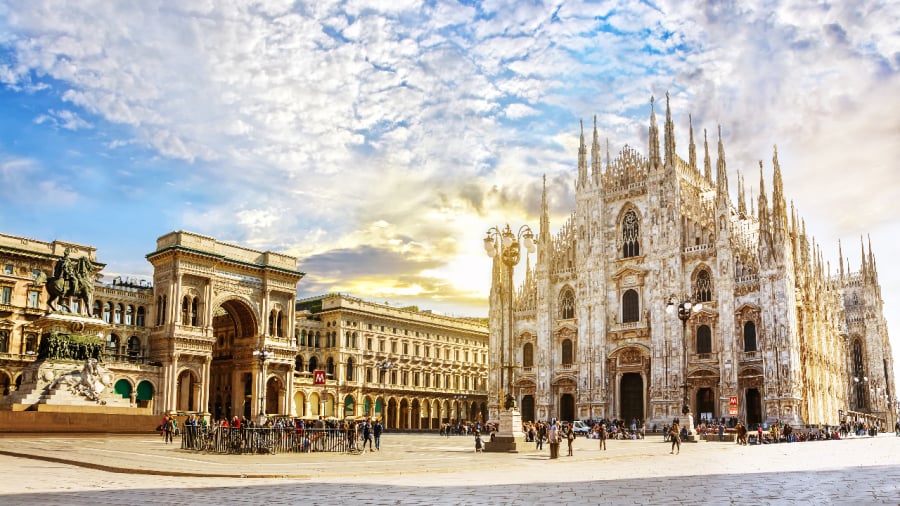
Piazza del Duomo in Milan shines brightly under the morning sun.
But it’s not just that, the natural landscape in Piedmont, famous for producing renowned wines such as Barolo and Barberesco, is an ideal destination for those who want to experience cycling through lush green vineyards, indulge in local cuisine, and explore ancient villages. Other noteworthy heritage sites include the village of Alberobello with its characteristic limestone houses and the rock art in Valcamonica.
China
China, the ancient civilization of the East, ranks second in the world in terms of recognized UNESCO World Heritage sites, with a total of 56. Among them, the Great Wall of China stands out as the most proud and iconic cultural symbol of ancient Chinese civilization.
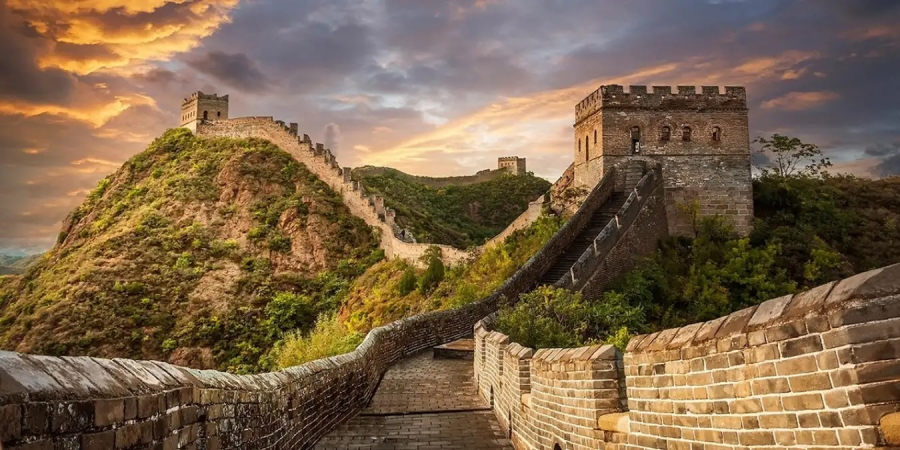
The Great Wall of China tops the famous world heritage list of China.
In addition, the country is home to many other remarkable cultural and natural heritage sites, such as the terraced fields of the Hani ethnic group in Yunnan, with their magnificent natural beauty and deep historical value.
UNESCO also preserves many temples, cemeteries, and mansions related to Confucius, one of China’s great thinkers. The ancient Silk Road, with a history of over two thousand years and a length of over 5,000 kilometers, is also part of this rich heritage.
Germany
Germany ranks third globally with 51 UNESCO World Heritage sites. Among them, the Cologne Cathedral, a Gothic masterpiece that took 632 years to complete, stands out as a prominent cultural highlight. This structure not only survived the bombs of World War II but also features unique elements such as the world’s largest bell and the resting place of three late kings.
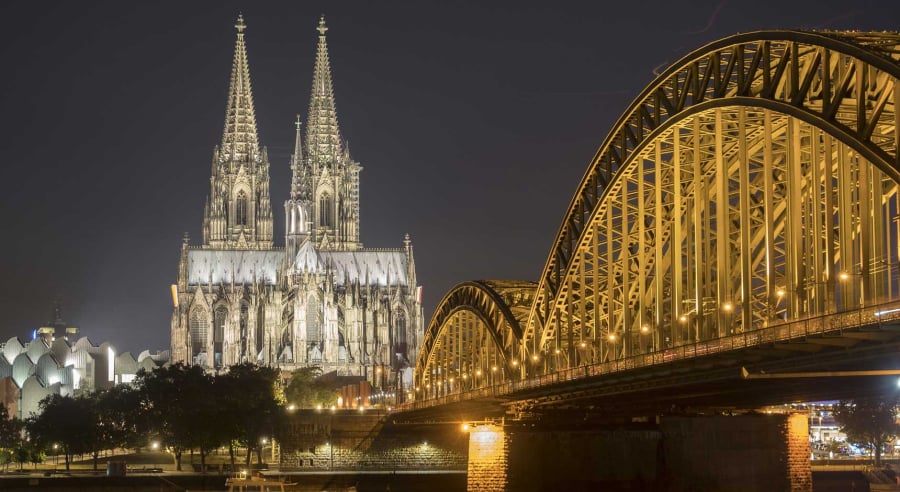
The Cologne Cathedral, a symbol of Germany.
In addition, there is the Wadden Sea, recognized as the largest system of sandbanks and mudflats in the world, which is a habitat for a diverse range of marine species. Another notable site is the Messel Pit, an important fossil site that provides detailed insights into the early evolution of various animal species.
France
France, with its rich culture, long history, and world-class cuisine, has 50 UNESCO recognized sites. Noteworthy highlights include the romantic Seine River, the impressive Notre-Dame de Paris Cathedral, the Gothic Benedictine Monastery, and the rolling Champagne vineyards. France is also proud of the Scandola Nature Reserve on the island of Corsica, which preserves its unique biodiversity and marine ecosystem. Its beauty includes the turquoise sea and the vibrant life of birds such as seagulls, cormorants, and eagles.
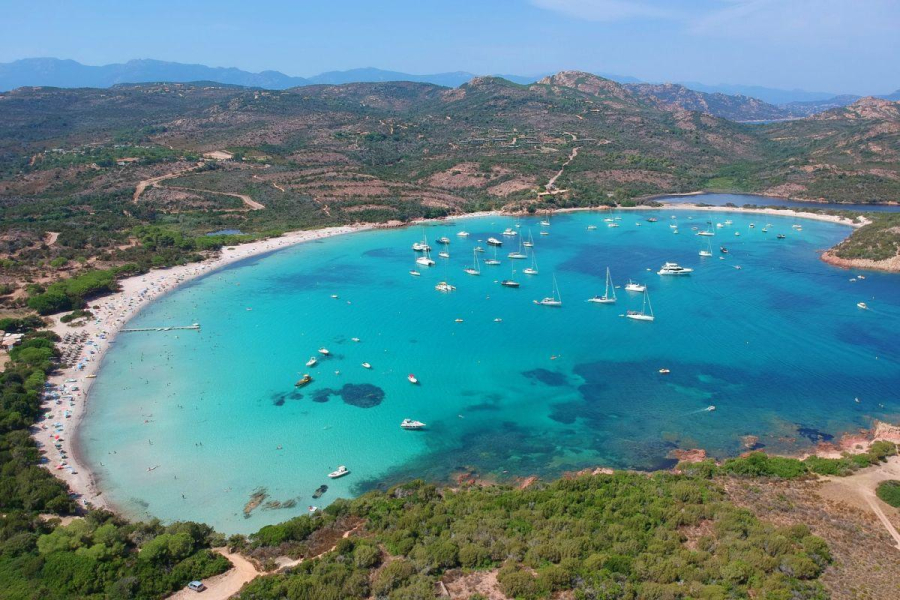
The Scandola Nature Reserve in Corsica is one of France’s treasures.
The country also possesses many other remarkable landscapes such as the Gulf of Porto, the majestic Mont Saint Michel, the ancient Roman Theater, and the stunning Lagoons of New Caledonia. Mont Saint Michel, on a small island in the bay of Saint Malo, northwest of France, 350 km from Paris, is a top tourist attraction, second only to the Eiffel Tower and the Palace of Versailles.
Spain
With 49 UNESCO World Heritage sites, Spain ranks fifth globally, proud of its unique and creative heritage sites. Famous tourist attractions include the ancient Altamira Caves, the mysterious Alhambra, the majestic Teide National Park, the historic area of Toledo, and the Camino de Santiago pilgrimage route.
Spain is also known for famous pilgrimage sites such as Santiago de Compostela and the Mont Perdu mountain pass in the Pyrenees. Ibiza, located off the coast of Valencia, is also recognized as a World Heritage site, praising its unique marine biodiversity and ecosystem.
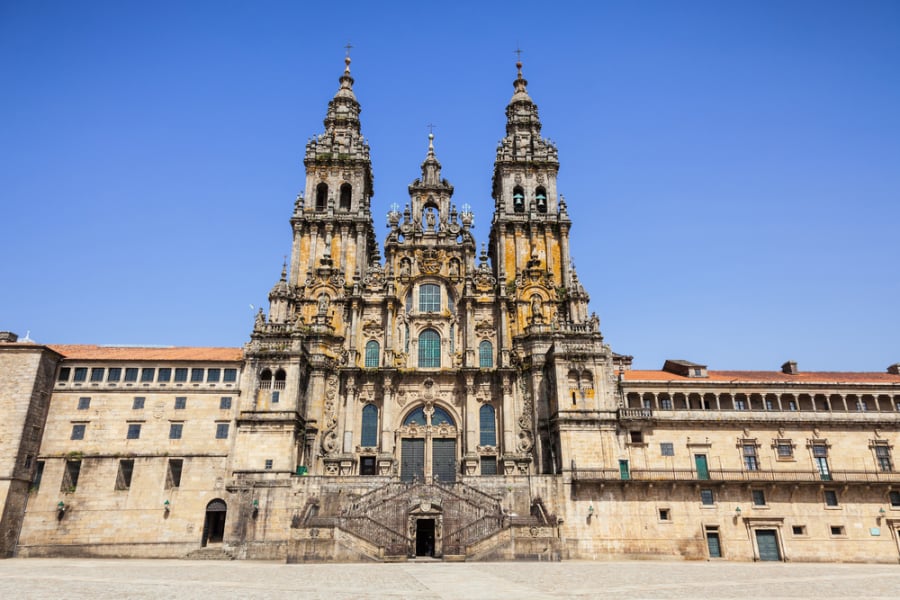
The Santiago de Compostela pilgrimage site is a spiritual highlight not to be missed when talking about Spain.
Not to mention the unique contributions of architect Antoni Gaudi in Barcelona, with his outstanding works of art recognized by UNESCO as heritage sites. His works breathe new life and creativity into modern architectural heritage. Ibiza, an island off the coast of Valencia, is also a World Heritage site due to its fusion of coastal and marine ecosystems, enriching the region’s biodiversity.



































